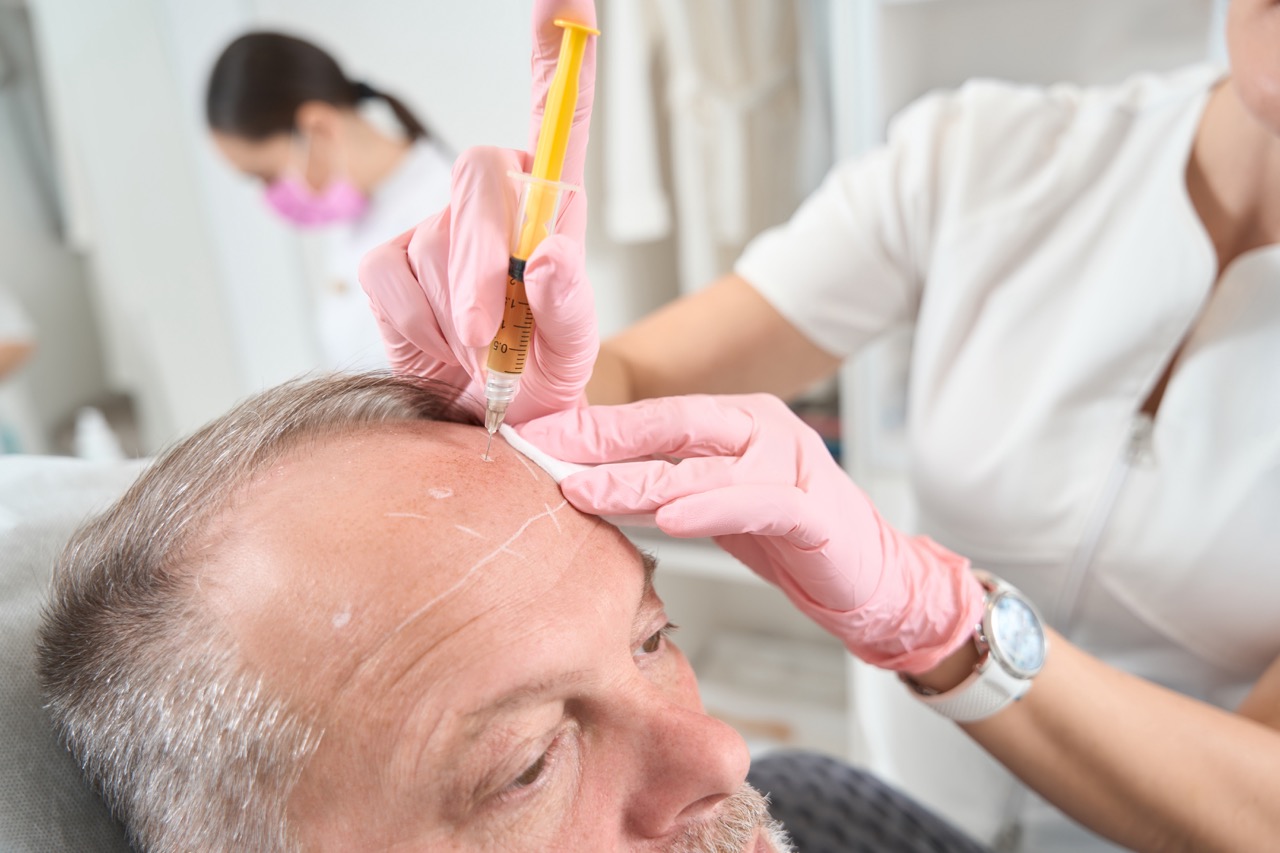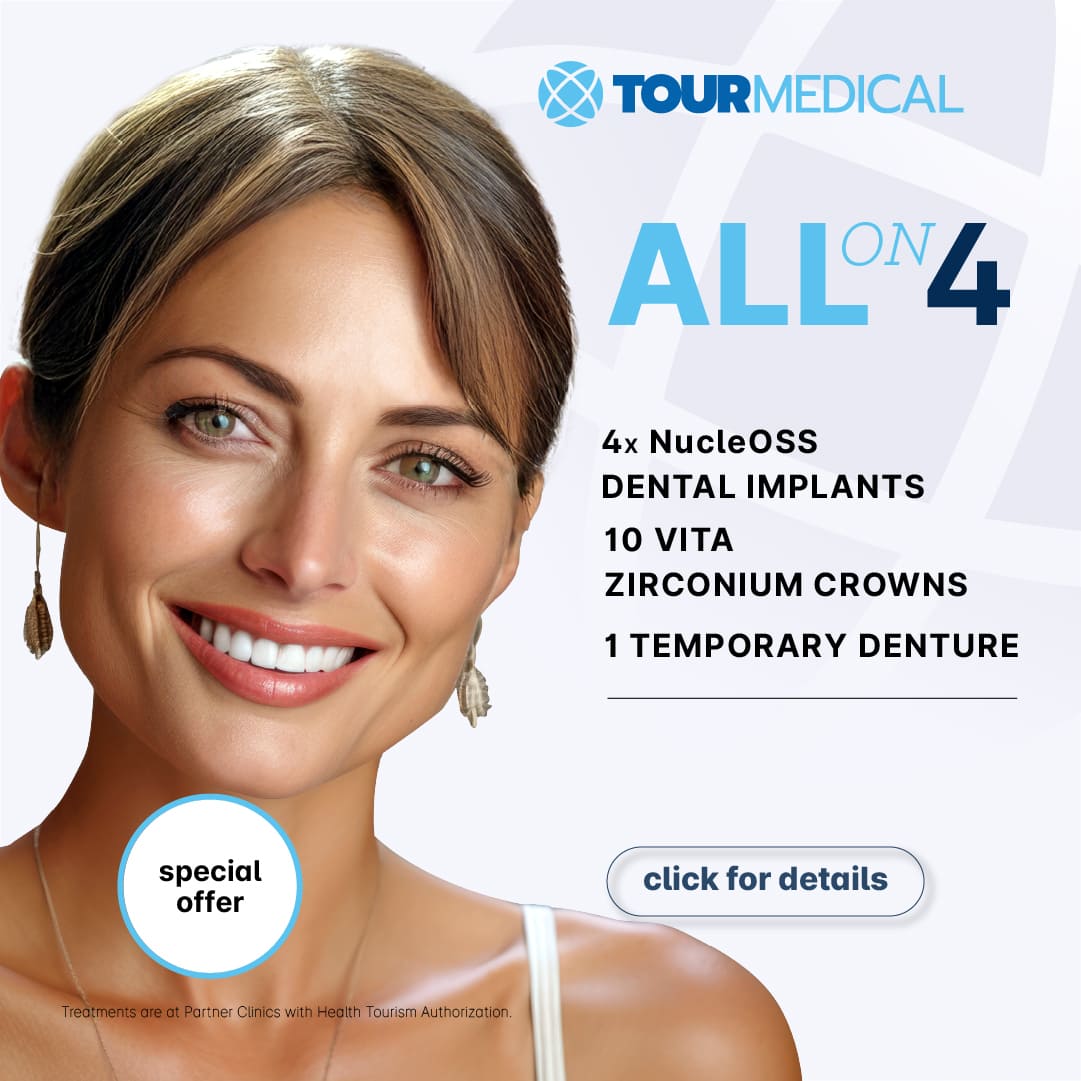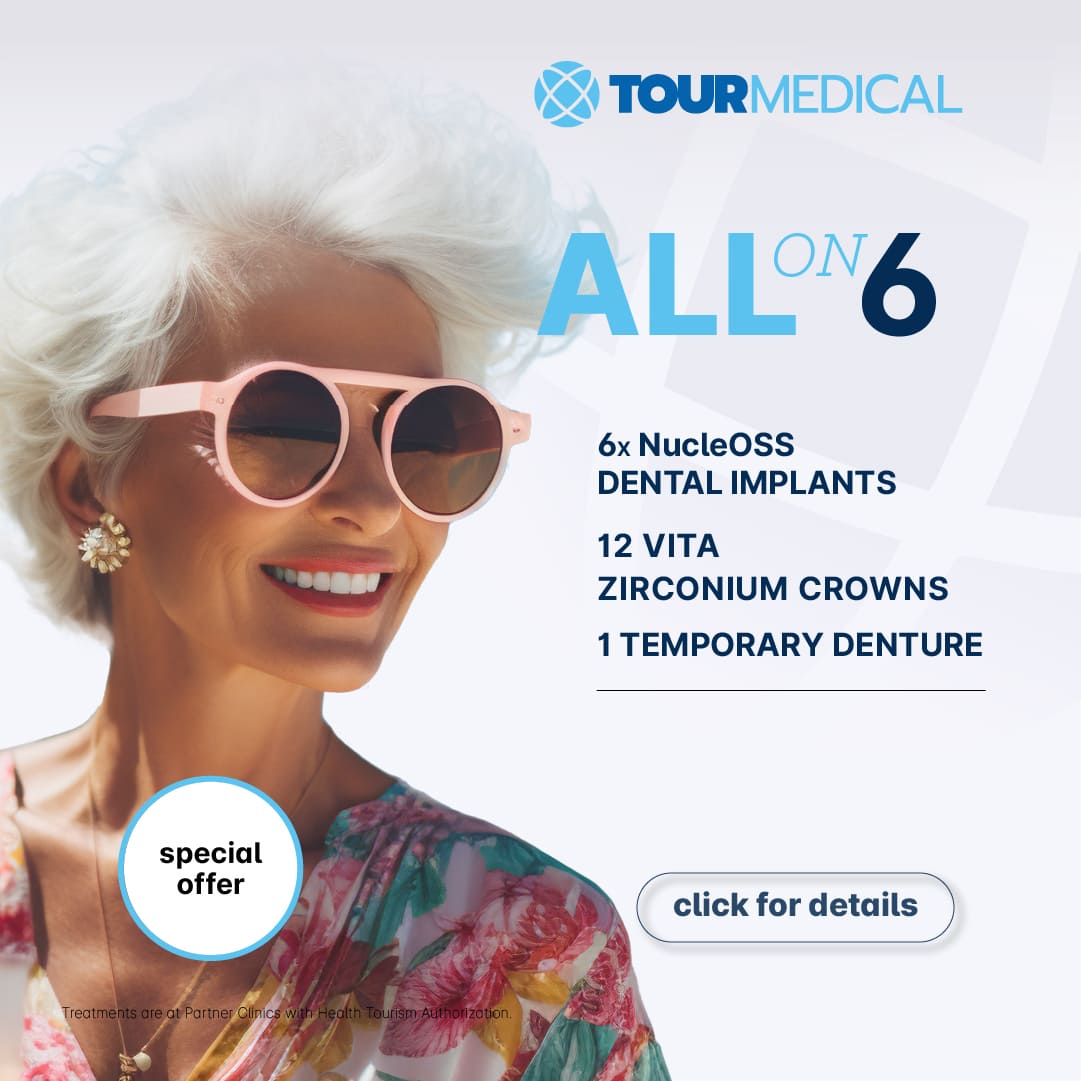What Is the Best Age for a Hair Transplant?
Hair loss can be a frustrating and emotional experience, prompting many people to seek long-term solutions. Hair transplantation is a proven method to restore hairline and density, but determining the right time to undergo the procedure is a key factor in achieving optimal results. The “best age” for a hair transplant isn’t about hitting a specific number—it’s about balancing your hair loss stage, personal goals, and medical considerations.
Common Age Ranges for Hair Transplants
Most people considering a hair transplant fall between the ages of 25 and 50. Here’s why these years are often considered the prime window:
In Your 20s:
- While you can legally undergo a hair transplant at 18, it’s often not the ideal time. Your hair loss pattern may still be evolving, making it difficult for a surgeon to predict how your hairline will change. Jumping into a transplant too early can lead to the need for additional procedures down the line.
In Your 30s:
- By your early 30s, your hair loss is typically more stable. This is a popular time for people to take action because they have a clearer understanding of their long-term hair loss pattern. Transplanting at this stage allows for a strategic approach that looks natural and ages well.
In Your 40s:
- Many patients find their hair loss has significantly slowed by their 40s. This can be an excellent time to undergo a hair transplant, as the results are more predictable and less likely to be undermined by ongoing hair loss.
In Your 50s and Beyond:
- Hair transplants can still be effective for individuals over 50, provided they are in good health and have sufficient donor hair. While the focus may shift from achieving a youthful hairline to adding density and filling in sparse areas, age itself isn’t a disqualifying factor.
Factors to Consider Beyond Age
Age is only one aspect of determining the best time for a hair transplant. Several other factors influence when you might be ready:
Hair Loss Stability:
- Before undergoing a transplant, it’s crucial to know whether your hair loss has slowed or stabilized. If you still have active thinning, a transplant now may only serve as a temporary fix.
Donor Hair Availability:
- Successful transplants rely on a strong supply of healthy hair from the donor area—typically the back and sides of your scalp. The earlier you address your hair loss, the more donor hair you’ll likely have to work with.
Personal Goals:
- Your reasons for seeking a hair transplant also play a role. If your hair loss significantly affects your self-confidence or professional image, addressing it sooner might make sense. On the other hand, if it’s a minor concern, waiting a few more years won’t harm your outcome.
Health and Lifestyle:
- Good overall health and a commitment to aftercare improve your chances of a successful outcome at any age. Smokers, for example, are advised to quit before and after surgery to ensure proper healing and growth.
What Experts Recommend
While there’s no universal agreement on the “perfect” age, many hair restoration experts suggest waiting until your mid-20s before considering surgery. This allows time for your hair loss pattern to develop and ensures a more predictable outcome. However, individual circumstances vary, so a consultation with a qualified surgeon is essential.
Regional Considerations
The timing of a hair transplant can also be influenced by the region where it’s performed. In popular medical tourism destinations like Istanbul, Antalya, Izmir, or Kuşadası, experienced surgeons often guide patients on the best timing based on their unique hair loss patterns and goals. These locations are known for their advanced techniques and competitive prices, attracting international patients who value both quality and affordability.
The Bottom Line
There isn’t a single “right” age for everyone. Instead, the best time for a hair transplant depends on your hair loss stability, donor hair quality, personal preferences, and overall health. Consulting with a reputable clinic can help you determine the optimal moment to take the next step. By considering these factors, you’ll be better equipped to achieve natural, long-lasting results.
 English
English














